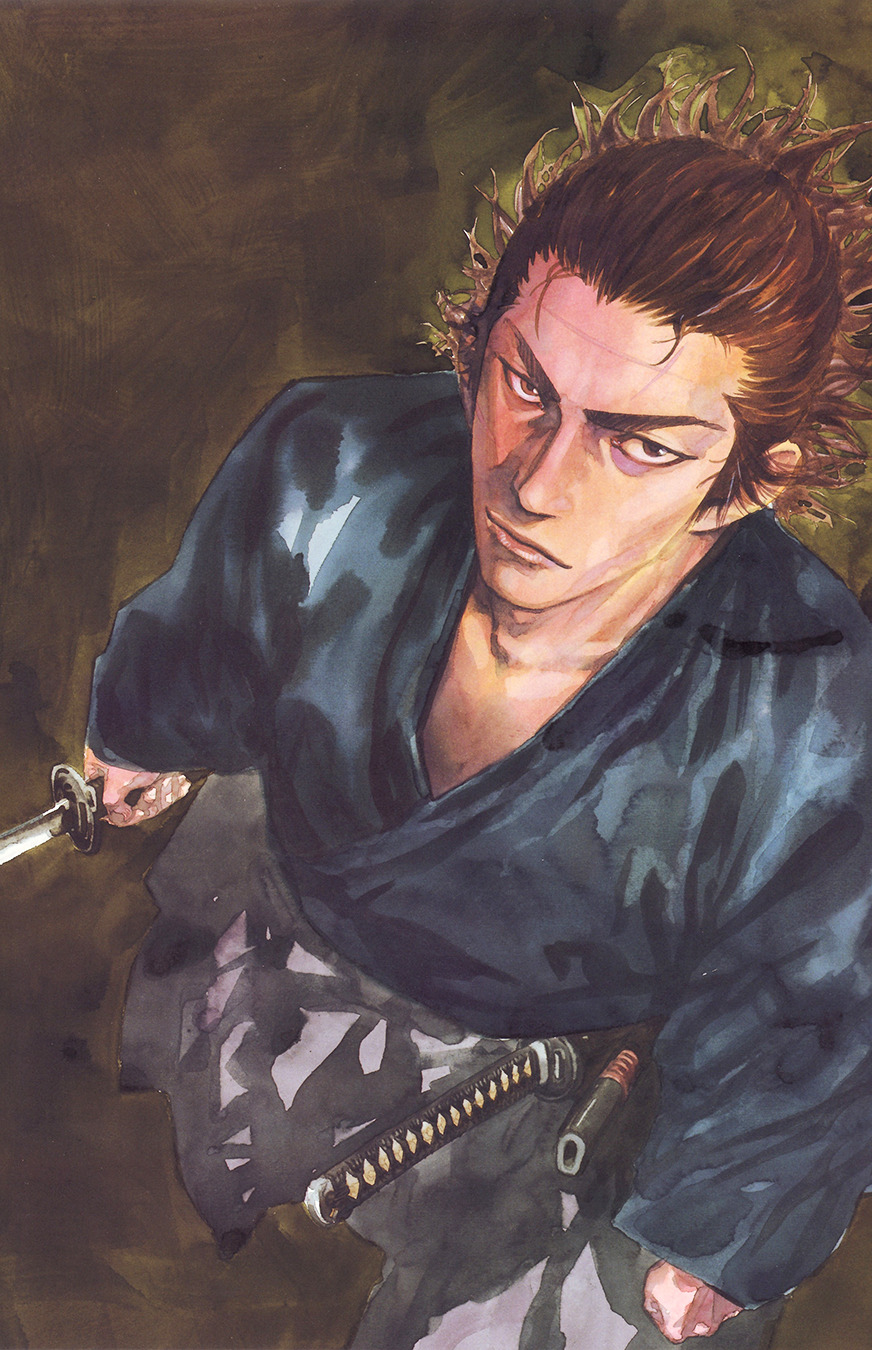Life Cycle of Stars
Cards (12)
- Life cycle of stars1. Big cloud of dust and gas (nebula)2. Gravity pulls dust and gas together to form a protostar3. Protostar gets bigger and denser4. Temperature and pressure increase5. Hydrogen nuclei fuse to form helium (nuclear fusion)6. Star becomes a main sequence star7. Main sequence star has balanced outward and inward pressure8. Star runs out of hydrogen9. Gravity contracts star10. Nuclear fusion forms heavier elements up to iron11. Small/medium star becomes a red giant12. Red giant expels outer layers, leaving a white dwarf13. White dwarf cools to become a black dwarf14. Massive star becomes a red supergiant15. Red supergiant explodes in a supernova16. Supernova ejects heavy elements17. Massive star condenses into a neutron star or black hole
- NebulaBig cloud of dust and gas
- ProtostarStructure formed as gravity pulls dust and gas together
- Nuclear fusionProcess where hydrogen nuclei fuse to form helium, releasing energy
- Main sequence starStar where outward pressure from nuclear fusion is balanced by inward pressure of gravity
- Red giantStar that expands after running out of hydrogen, then expels outer layers to leave a white dwarf
- White dwarfHot, dense solid core left behind after a red giant expels its outer layers
- Black dwarfWhite dwarf that has cooled and no longer emits light
- Red supergiantMassive star that expands after running out of hydrogen, then explodes in a supernova
- SupernovaMassive explosion of a red supergiant, ejecting heavy elements across the universe
- Neutron starDense core left behind after a supernova of a large (but not too massive) star
- Black holeExtremely dense object formed by the collapse of a very massive star, with gravity so strong that even light cannot escape
